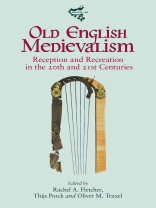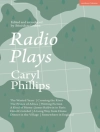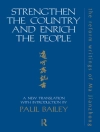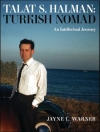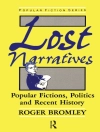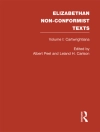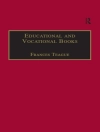Old English language and literary style have long been a source of artistic inspiration and fascination, providing modern writers and scholars with the opportunity not only to explore the past but, in doing so, to find new perspectives on the present. This volume brings together thirteen essays on the modern-day afterlives of Old English, exploring how it has been transplanted and recreated in the twentieth and twenty-first centuries by translators, novelists, poets and teachers. These afterlives include the composition of neo-Old English, the evocation in a modern literary context of elements of early medieval English language and style, the fictional depiction of Old English-speaking worlds and world views, and the adaptation and recontextualisation of works of early medieval English literature. The sources covered include W. H. Auden, J. R. R. Tolkien, and Seamus Heaney, alongside more recent writers such as Christopher Patton, Hamish Clayton and Paul Kingsnorth, as well as other media, from museum displays to television. The volume also features the first-hand perspectives of those who are authors and translators themselves in the field of Old English medievalism.
Innehållsförteckning
List of Illustrations
List of Contributors
Acknowledgements
List of Abbreviations
Early Medieval English in the Modern Age: An Introduction to Old English Medievalism – Rachel A. Fletcher, Thijs Porck and Oliver M. Traxel
1 Reinventing, Reimagining and Recontextualizing Old English Poetry
1 Old English as a Playground for Poets? W. H. Auden, Christopher Patton and Jeramy Dodds – M. J. Toswell
2 ’Abroad in One’s Own Tradition’: Old English Poetry and Kenneth Grahame’s
The Wind in the Willows (1908) – Victoria Condie
3
Wulf and Eadwacer in 1830 New Zealand: Anglo-Saxonism and Postcolonialism in Hamish Clayton’s
Wulf (2011) – Martina Marzullo
4 Old English Poetry and Sutton Hoo on Display: Creating ’the Anglo-Saxon’ in Museums – Fran Allfrey
II Invoking Early Medieval England and Its Language in Historical Fiction
5 Creating a ’Shadow Tongue’: The Merging of Two Language Stages – Oliver M. Traxel
6 At the Threshold of the Inarticulate: The Reception of ’Made-up’ English in Paul Kingsnorth’s
The Wake (2014) – Judy Kendall
7 Reimagining Early Medieval Britain: The Language of Spirituality – Karen Louise Jolly
8 Historical Friction: Constructing Pastness in Fiction Set in Eleventh-Century England – James Aitcheson
III Translating and Composing in Neo-Old English
9
Ge wordful, ge wordig: Translating Modern Texts into Old English – Fritz Kemmler
10 Fruit, Fat and Fermentation: Food and Drink in Peter Baker’s (Neo-) Old English
Alice’s Adventures in Wonderland – Denis Ferhatović
11 The Fall of the King and the Composition of Neo-Old English Verse – Rafael J. Pascual
IV Approaching Old English and Neo-Old English in the Classroom
12 Mitchell & Robinson’s Medievalism: Echoes of Empire in the History of Old English Pedagogy – Joana Blanquer, Donna Beth Ellard, Emma Hitchcock and Erin E. Sweany
13 The Magic of Telecinematic Neo-Old English in University Teaching – Gabriele Knappe
Bibliography
Index
Om författaren
Karen Louise Jolly is professor of medieval European history at the University of Hawai’i Mānoa. Her research focuses on popular religion, marginal manuscripts, and re-imagining early medieval Britain through historical fiction.
